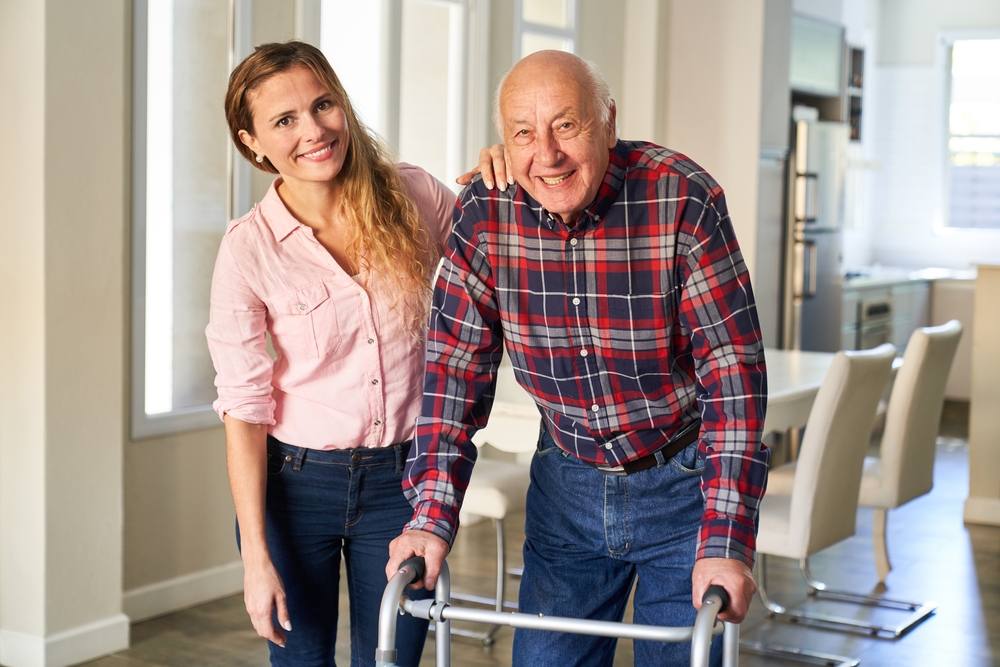Make an Appointment
Cardiovascular disease is one of the leading causes of mortality among older adults. Physiotherapy offers a vital path to better heart health, helping elderly individuals manage risk factors, regain function after cardiac events, and build strength and endurance through movement-based care.
Ageing naturally brings changes to the cardiovascular system, including reduced arterial elasticity, slower recovery rates, and increased risk of conditions like hypertension, heart failure, and stroke. For elderly individuals, especially those managing chronic health issues or recovering from cardiac events, physiotherapy provides targeted, science-backed strategies that support heart function and enhance quality of life.
This blog explores how physiotherapists support elderly clients with cardiovascular concerns, from tailored rehabilitation programs to education, functional reconditioning, and prevention. You’ll learn about specific interventions used in cardiac rehab, their benefits, and how they align with long-term goals like mobility, independence, and reduced hospitalisation.
Whether you’re an older adult managing a heart condition or a carer supporting a loved one, understanding the role of physiotherapy in cardiovascular care could be a crucial step toward better health.
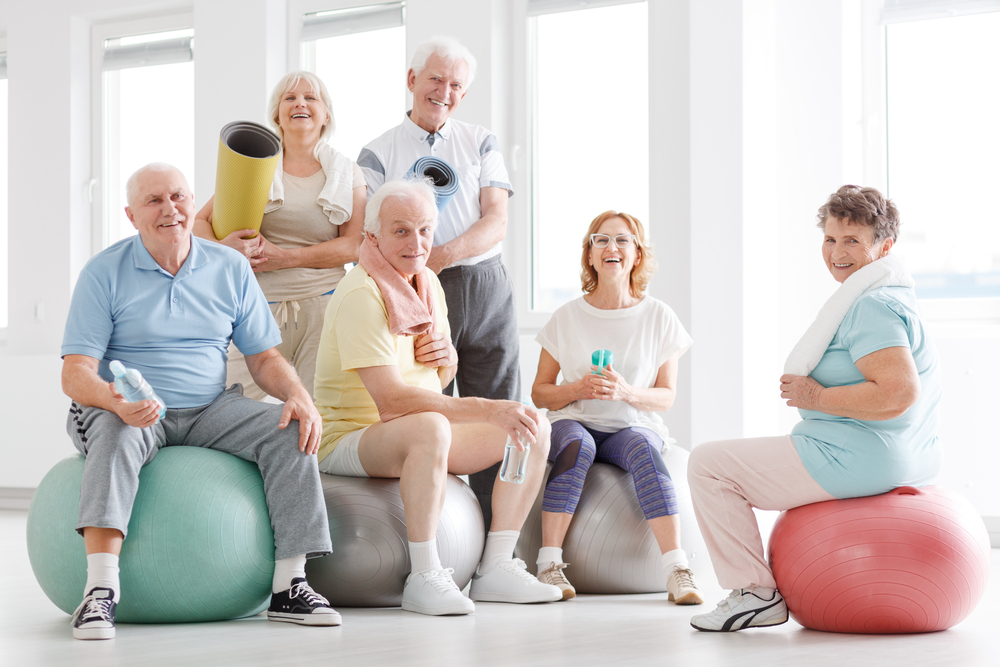
What Is the Role of Physiotherapy in Cardiovascular Disease?
Physiotherapy provides both preventative and rehabilitative support for people living with cardiovascular disease (CVD). In elderly populations, the benefits of physiotherapy extend far beyond heart health. They include improved mobility, fall prevention, better respiratory function, and enhanced quality of life.
Key roles of physiotherapists in cardiovascular care:
- Initial assessment – Evaluating cardiovascular fitness, mobility, respiratory health, and comorbidities
- Exercise prescription – Developing a tailored plan for aerobic conditioning, strength, and endurance
- Education – Helping clients and carers understand safe activity thresholds, warning signs, and lifestyle changes
- Monitoring – Using tools such as the six-minute walk test or the Borg Rating of Perceived Exertion to guide progression
- Recovery support – Assisting in post-cardiac surgery or heart attack rehab, both in hospital and in the community
Physiotherapists often work alongside cardiologists, nurses, dietitians, and occupational therapists in multidisciplinary teams. This collaborative model ensures that each elderly client receives a plan that’s both medically sound and functionally relevant.
Common cardiovascular conditions managed by physiotherapy include:
- Chronic heart failure
- Coronary artery disease
- Post-myocardial infarction (heart attack)
- Hypertension (high blood pressure)
- Peripheral arterial disease
Even low-intensity, supervised programs can lead to substantial improvements in exercise tolerance and self-efficacy.
Learn more from the Heart Foundation
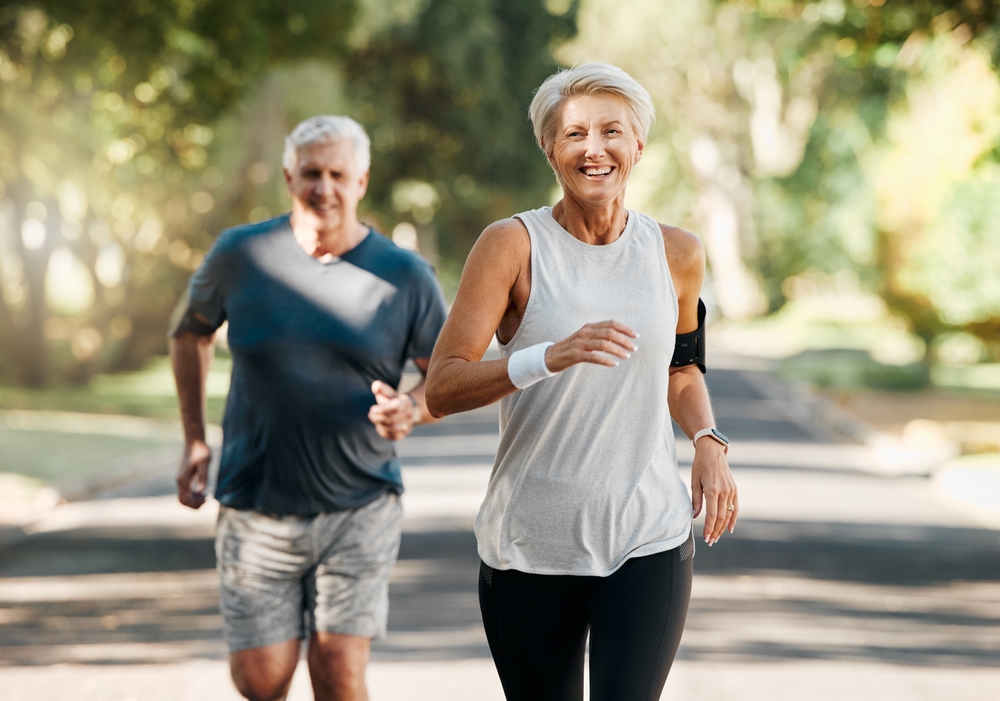
What Does a Physiotherapist Do for the Elderly?
Physiotherapists provide a wide range of support for elderly clients, and their role becomes even more important when cardiovascular conditions are present. As people age, they often experience reduced aerobic capacity, muscle weakness, stiffness, pain, and a greater fear of falling. Physiotherapists are trained to address these age-related changes, while also taking into account the impact of conditions like hypertension, heart failure, arrhythmia, or recovery after surgery such as bypass or valve replacement.
Here’s how physiotherapists support cardiovascular health in older adults:
- Functional assessments: These include tests such as the 6-minute walk test, Timed Up and Go (TUG), and sit-to-stand to evaluate endurance, mobility, and fall risk.
- Cardiopulmonary rehabilitation: Structured programs that improve oxygen uptake and cardiac output through progressive aerobic training.
- Exercise prescription: Carefully graded movement plans tailored to the person’s cardiovascular status, medications (e.g. beta blockers), fatigue levels, and joint health.
- Posture and breathing retraining: Targeting diaphragmatic breathing, improving lung expansion, and teaching energy conservation techniques.
- Pain management: Using modalities such as gentle manual therapy, heat, or hydrotherapy to ease joint pain and facilitate movement.
- Fall prevention strategies: Strengthening lower limbs, improving balance and reaction time, and enhancing proprioception to reduce the likelihood of accidents.
Education is another key component. Physiotherapists teach older adults how to pace themselves, recognise early warning signs like dizziness or chest discomfort, and safely build exercise into their routines at home.
Therapists may also assist with referrals to other specialists, recommend assistive devices such as walkers, or collaborate with family members and carers to support daily function and independence. Whether through in-home visits or community-based rehab, the aim is to empower older adults to maintain mobility, manage symptoms, and prevent future complications.
See how Physio Inq supports ageing Australians with in-home therapy
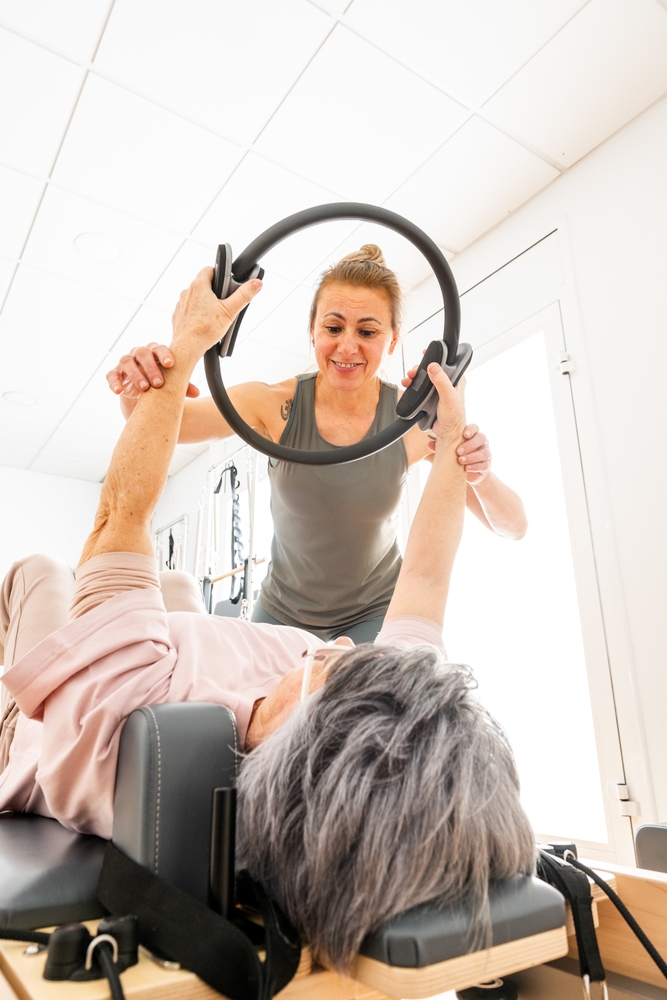
What Are the Interventions for Cardiac Rehabilitation?
Cardiac rehabilitation is a structured, multidisciplinary approach to improving the health and quality of life of people with cardiovascular disease. It is particularly beneficial for elderly individuals following heart attack, surgery, or diagnosis of a chronic heart condition. Physiotherapists play a central role in designing and delivering these programs, which may take place in hospitals, outpatient clinics, or at home.
Core physiotherapy interventions include:
- Aerobic conditioning: Walking, stationary cycling, aquatic therapy, or other moderate-intensity exercises to improve cardiovascular endurance.
- Resistance training: Low- to moderate-load exercises targeting major muscle groups, especially lower limbs, to enhance function and reduce frailty.
- Flexibility and mobility work: Stretching routines that improve range of motion and reduce stiffness, which is common in elderly clients post-surgery or during recovery.
- Balance and coordination exercises: Tailored activities that lower the risk of falls and increase confidence during daily activities.
- Functional task training: Simulated movements like stair climbing, standing from a chair, or walking while carrying items help bridge the gap between therapy and real life.
In addition to physical interventions, physiotherapists contribute to:
- Risk factor education: Teaching about lifestyle changes such as smoking cessation, low-sodium diets, and the importance of medication adherence.
- Energy conservation and pacing: Especially important for clients with fatigue or shortness of breath, strategies include rest breaks, breathing techniques, and reordering daily tasks.
- Monitoring and safety: Checking heart rate, blood pressure, and perceived exertion during sessions to ensure activities remain within safe limits.
Programs typically follow a phased model:
- Phase I: In-hospital physiotherapy shortly after cardiac events
- Phase II: Early outpatient or home-based rehab with structured monitoring
- Phase III: Long-term maintenance through independent or group exercise
For many elderly people, especially those on the NDIS or in aged care settings, the option to have physiotherapy delivered at home is essential. It allows them to engage in cardiac rehabilitation in a safe and familiar environment, with adjustments made to suit mobility aids, medication side effects, and energy levels.
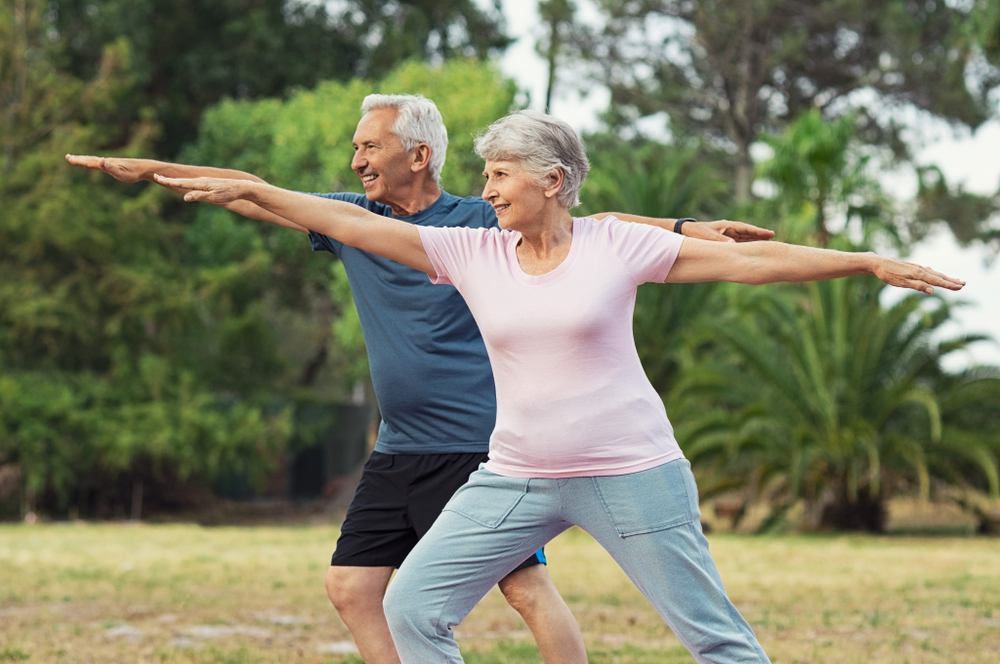
What Are the Primary Effects of Physical Therapy Intervention in the Cardiovascular System?
Physiotherapy impacts the cardiovascular system in numerous positive ways. For elderly clients, these benefits can be life-changing, contributing not only to survival but also to functional independence and emotional wellbeing.
Key physiological effects:
- Improved cardiac output – Strengthens the heart’s pumping efficiency
- Lower blood pressure – Reduces the strain on heart vessels and organs
- Better cholesterol profiles – Helps raise HDL and lower LDL levels
- Increased oxygen uptake – Enhances tissue oxygenation and endurance
- Improved circulation – Reduces the risk of blood clots and vascular complications
Functional and psychological benefits:
- Reduced breathlessness during daily tasks
- Greater ability to walk, climb stairs, or perform self-care
- Lower levels of depression and anxiety
- Better sleep and daytime alertness
Regular physiotherapy helps elderly clients move with more confidence and less fatigue. It also supports participation in social and recreational activities, which is vital for mental health.
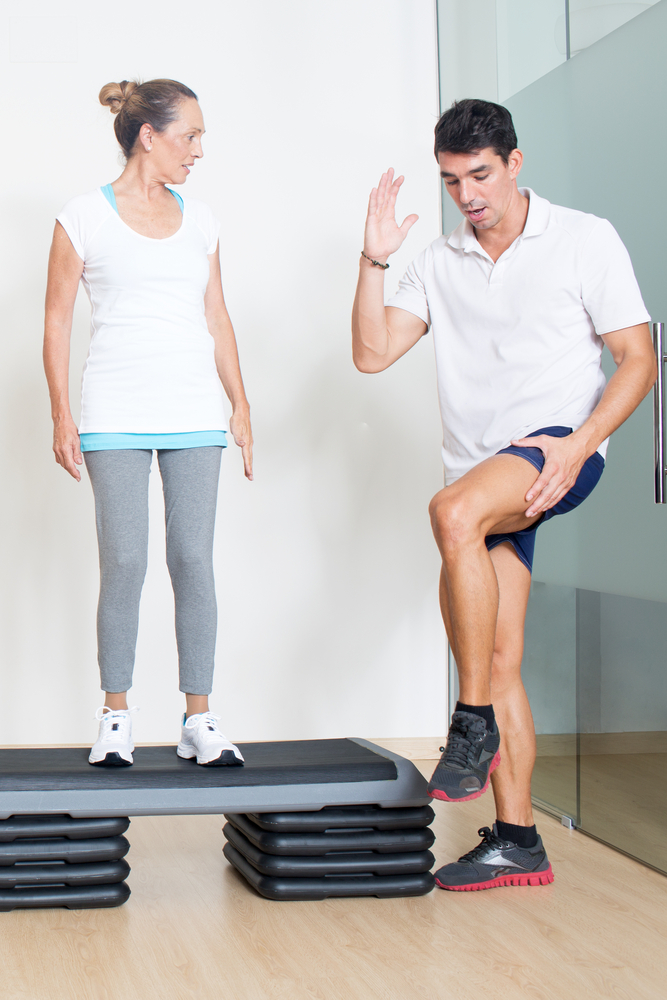
Frequently Asked Questions (FAQs)
Is cardiac physiotherapy safe for elderly patients with multiple conditions?
Yes, physiotherapists adapt exercises to the person’s medical history, current ability, and cardiovascular tolerance. Safety assessments are done regularly.
How long does cardiac rehab usually last?
It depends on the stage of recovery and individual goals. Outpatient rehab often runs for 6–12 weeks, with long-term plans continuing as home-based programs.
Do I need a referral for cardiac physiotherapy?
If you’re seeking services through the public system or under Medicare, a referral may be needed. You can also directly contact private providers like Physio Inq.
Can I do cardiac rehab at home?
Yes. Many programs offer home-based rehabilitation, especially for clients in rural or remote areas. A physiotherapist will provide safe guidelines and may visit in person or via telehealth.

Final Thoughts
Cardiovascular care for the elderly involves more than medication. It requires structured movement, personalised care, and ongoing support. Physiotherapy empowers seniors to take control of their heart health and live with greater confidence, mobility, and independence.
At Physio Inq, we believe in evidence-based care delivered with compassion. Whether you’re recovering from a heart event, managing chronic conditions, or hoping to improve endurance, our experienced physiotherapists can create a plan that works for your goals and abilities.
Next Steps
Call 1300 731 733 or book online for expert physiotherapy tailored to cardiovascular care in the elderly.
• Explore our Aged Care Physiotherapy services

Date Published: Wednesday, July 9, 2025
Locate a Stroke Rehabilitation Physiotherapy
Service Near me
Get the experience & convinence you deserve to support your or a loved one's allied health needs.
Our Stroke Rehabilitation Physiotherapy team are currently serving & taking appointments in the following states and regions in Australia:
Need to get into direct contact with ur Client Services team? We're all ears. Call our team directly on 1300 731 733



